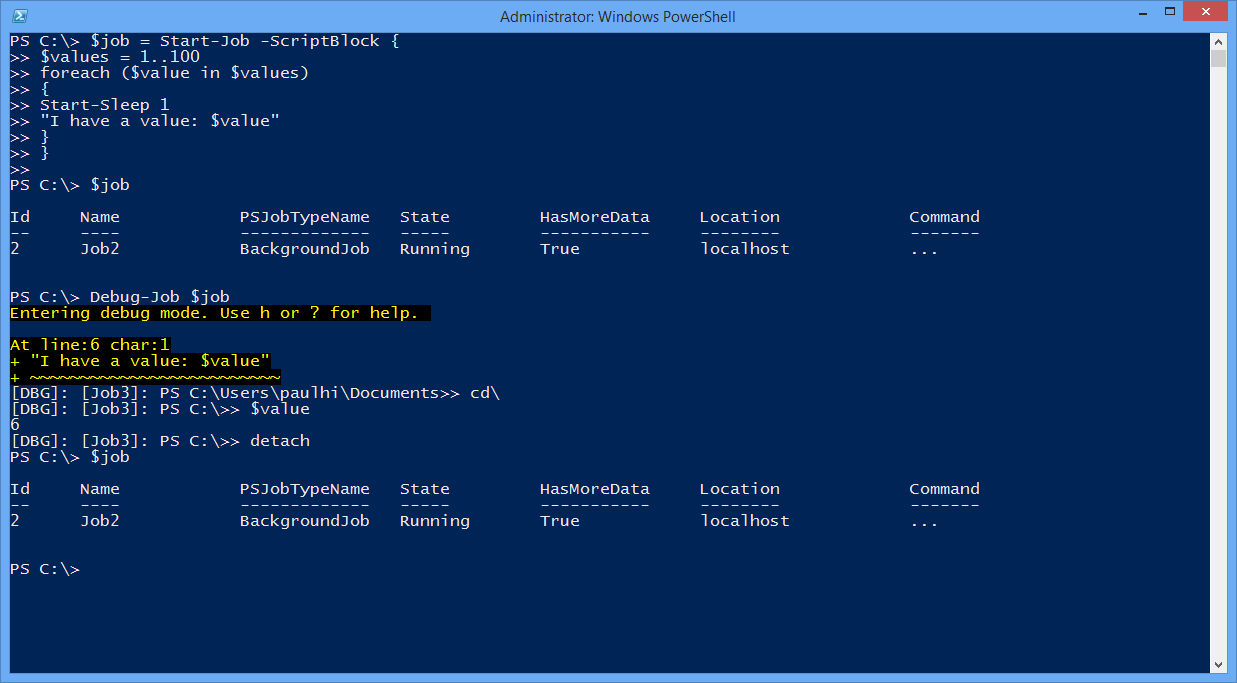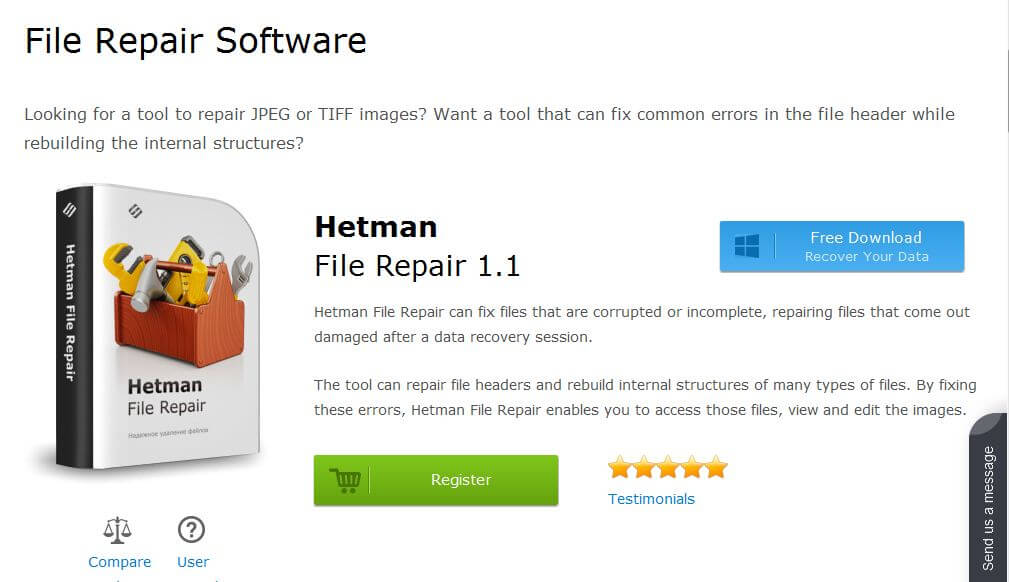

- Cmd c pause powershell how to#
- Cmd c pause powershell upgrade#
- Cmd c pause powershell full#
That will run the script and the window will remain open for any further input. An alternative to this is to run the script using CMD /K: START CMD /k C:\demo\yourscript.cmd. Pause is often used at the end of a script to give the user time to read some output text. TYPE UnixFile.txt | MORE /E /P > WindowsFile.txt Pressing any key will resume the operation. In PowerShell use | Out-Host -Paging in preference to MORE, it will start to yield results immediately through the PowerShell pipeline, without waiting first to collect all the incoming data.Ĭonvert a Unix text file (LF line endings) to Windows text file (CR/LF) If extended features are enabled, (/E) the following keystrokes can be used at the - More - prompt: Display next page When the output is redirected, this will also redirect/hide the -More (17%) - prompts. MORE ] output.txt) it will not prompt for the next page, unless the file contains more than 65,536 lines at which point it will prompt for each additional line. MORE can alsoīe used to TYPE the contents of any file to the screen.

(or batch file) and pause the screen output one screen at a time. MORE can be used to run any executable command
Add PowerShell file (*.Display output one screen at a time. Add PowerShell As Administrator Context Menu in Windows 10. Get amount of words, chars and lines in a file using PowerShell. Create Windows 10 Bootable USB Stick With PowerShell. Cmd c pause powershell upgrade#
Find Your Windows Upgrade History with PowerShell. Generate QR Code with PowerShell in Windows 10. 
You can also assign a global hotkey to your shortcut.
Cmd c pause powershell how to#
Now, you can move this shortcut to any convenient location, pin it to taskbar or to Start, add to All apps or add to Quick Launch (see how to enable Quick Launch). Double-click on the shortcut to run your script.
Give your shortcut some meaningful name. You will get something like this: powershell.exe -noexit -ExecutionPolicy Bypass -File c:\data\winaero\winaero.ps1 Now, paste the path to your script file. In the shortcut target box, type the following: powershell.exe -noexit -ExecutionPolicy Bypass -File. Select New - Shortcut from the context menu (see the screenshot). Right click the empty space on your Desktop. Cmd c pause powershell full#
Copy the full path to your PS1 script file. To create a shortcut for a PS1 PowerShell file in Windows 10, do the following. In this article, I will use the following PS1 file as an example: By following the instructions below, you will be able to create a shortcut for your PS1 file and simply run it by double-clicking on the shortcut. This solution will give you a true 'press any key to continue' interface and will not start a new interpreter, which will essentially mimic the original pause command. The solutions using Read-Host force the user to press Enter and are not really 'any key'. Although acceptable in some cases, this isn't really ideal. Another issue is the default execution policy which may prevent your script from being started from the context menu. The solutions like cmd /c pause cause a new command interpreter to start and run in the background. However, if your script has no user input and doesn't include a pause at the end, the PowerShell output will disappear quickly. By default, Windows comes with a context menu command 'Run with PowerShell', which is available for PS1 files.







 0 kommentar(er)
0 kommentar(er)
